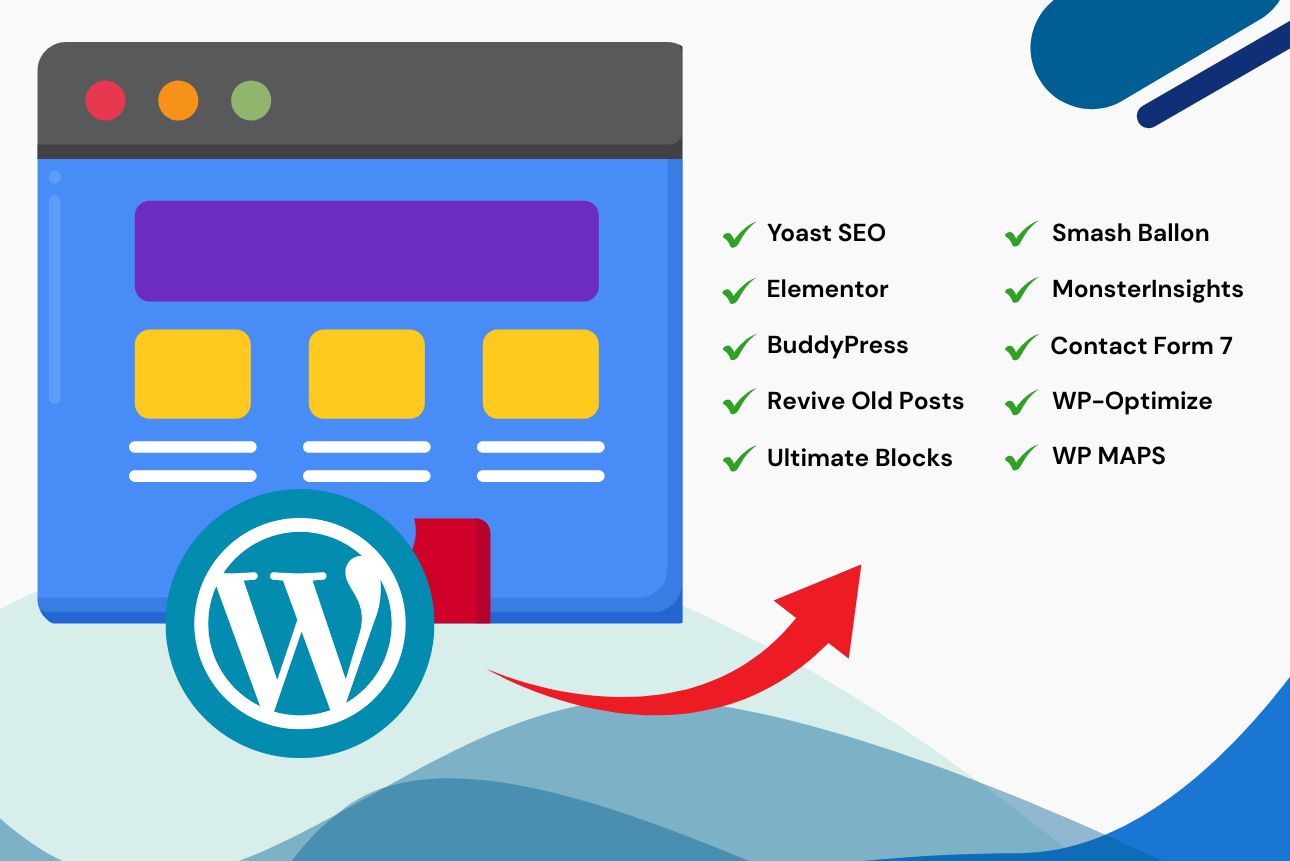This website uses cookies so that we can provide you with the best user experience possible. Cookie information is stored in your browser and performs functions such as recognising you when you return to our website and helping our team to understand which sections of the website you find most interesting and useful.
Working with WordPress hooks can be quite exciting, especially when you need to tweak the comment form fields. Today, we’re diving into the comment_form_fields filter. This filter is all about modifying the comment form fields, including the textarea. So, if you’ve ever wanted to customize the way comments are handled on your WordPress site, this is the hook for you!
To use the comment_form_fields filter, you’ll first need to register it using add_filter. You can pop this code into the functions.php file of your active theme or create a custom WordPress plugin. Personally, I always lean towards creating a custom plugin to keep things neat and avoid breaking changes during theme updates.
Example 1: Customizing Comment Fields
Here’s a way to redefine the default comment fields using the filter.
$fields = array(
'author' => '<p class="comment-form-author">' . '<label for="author">' . __( 'Name' ) . ( $req ? ' <span class="required">*</span>' : '' ) . '</label> ' .
'<input id="author" name="author" type="text" value="' . esc_attr( $commenter['comment_author'] ) . '" size="30" maxlength="245"' . $aria_req . $html_req . ' /></p>',
'email' => '<p class="comment-form-email"><label for="email">' . __( 'Email' ) . ( $req ? ' <span class="required">*</span>' : '' ) . '</label> ' .
'<input id="email" name="email" ' . ( $html5 ? 'type="email"' : 'type="text"' ) . ' value="' . esc_attr( $commenter['comment_author_email'] ) . '" size="30" maxlength="100" aria-describedby="email-notes"' . $aria_req . $html_req . ' /></p>',
'url' => '<p class="comment-form-url"><label for="url">' . __( 'Website' ) . '</label> ' .
'<input id="url" name="url" ' . ( $html5 ? 'type="url"' : 'type="text"' ) . ' value="' . esc_attr( $commenter['comment_author_url'] ) . '" size="30" maxlength="200" /></p>',
);
Example 2: Modifying Comment Form Fields Defaults
Check out this function where you can adjust the comment fields to suit your needs.
function weplugins_modify_comment_form_fields_defaults($comment_fields) {
// Update the $comment_fields variable according to your website requirements and return this variable. You can modify the $comment_fields variable conditionally too if you want.
return $comment_fields;
}
// add the filter
add_filter( "comment_form_fields", "weplugins_modify_comment_form_fields_defaults", 10, 1 );
Example 3: Removing a Hook Callback
If you ever need to remove a registered hook, here’s how you can do it.
remove_filter( "comment_form_fields", "weplugins_modify_comment_form_fields_defaults", 10, 1 );
Remember, when removing a hook callback, make sure to provide the same callback function name, priority, and number of arguments.
If you need any customization or run into issues using this hook, contact us and we’ll be happy to assist you.
Explore the latest in WordPress
Trying to stay on top of it all? Get the best tools, resources and inspiration sent to your inbox every Wednesday.




